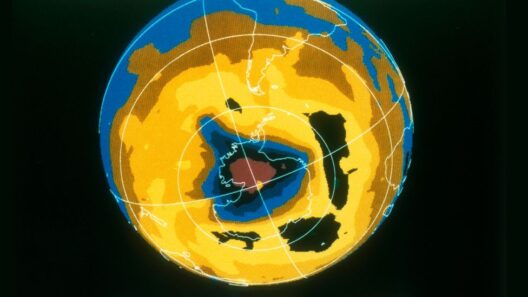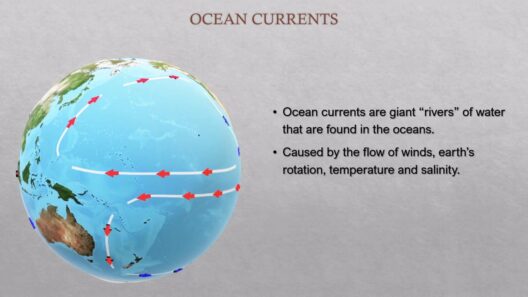The climate of the Northeast region of the United States is as diverse and vibrant as its cultural tapestry. Characterized by four distinct seasons and influenced by its proximity to the Atlantic Ocean, the climate presents a unique microbiome of weather patterns, ecology, and seasonal activities. Have you ever wondered how this interplay of atmospheric conditions shapes the lives of those who call this region home? Understanding the climate of the Northeast not only enhances our appreciation of this picturesque locale but also poses a challenge: how can we adapt our lifestyles to be more sustainable in the face of climate change?
First, let us delve into the seasonal transitions that define the Northeast. The winter months—from December through February—can be frigid, with temperatures often plummeting well below freezing. Snowfall blankets the landscape, transforming the region into a winter wonderland. This frigid season is marked by biting winds, particularly in areas farther inland, while coastal regions experience a milder variation due to the influence of the ocean. The snowfall, however, is not merely a backdrop for holiday cheer; it serves as a crucial reservoir for the region’s water supply, slowly releasing its meltwater in the spring.
As the snow begins to thaw, we transition into spring, a season that encapsulates the spirit of rejuvenation. From March to May, temperatures gradually ascend, encouraging flora to re-emerge from their dormant states. Trees don their verdant attire, and wildflowers blanket the ground in a riot of colors. Often, spring is marred by unpredictable weather patterns. Sudden fluctuations can result in late-season snow or torrential rains. This unpredictability poses challenges for agricultural activities, necessitating a delicate balance between preparation and adaptation. As such, farmers in the region have become increasingly adept at utilizing technology and traditional knowledge to optimize their yield.
The summer months—June through August—bring with them a dramatic shift. The Northeast basks in the warmth of the sun, and temperatures can escalate into the sweltering nineties. This season is marked by high humidity levels, particularly in areas along the coast. Heat waves can strike, leading to heat advisories and raising concerns about public health, especially for vulnerable populations. However, summer also offers a bounty of opportunity; communities engage in outdoor activities, festivals, and farm markets, taking advantage of the season’s agricultural fruits. This vibrant time invites engagement with the natural environment, encouraging appreciation for local ecosystems.
As summer gives way to autumn, the landscape undergoes a breathtaking metamorphosis. From September to November, the Northeast transforms into a canvas of fiery colors—crimson, amber, and gold dominate the foliage. This season is not merely a feast for the eyes; it also heralds the onset of cooler temperatures and the preparation for winter. The brisk air invigorates residents, encouraging outdoor excursions such as apple picking and hiking. Moreover, this season serves as a poignant reminder of the cyclical nature of life, as trees shed their leaves in preparation for the rigors of winter.
The coastal breezes that characterize the Northeast are another defining feature of its climate. These breezes arise due to the interaction between land and sea; as the sun heats the land during the day, air over the land rises, leading to a low-pressure zone that draws in cooler air from the ocean. The resulting winds can moderate coastal temperatures, providing relief during the sweltering summer months. Yet, these same breezes can also exacerbate winter chill, making frigid temperatures feel even colder. Understanding this dynamic is crucial for residents, as it informs decisions related to clothing, transportation, and energy usage.
However, with the changing climate, the patterns of these seasons and breezes are also beginning to shift. Temperature fluctuations and increasing storm intensity result in unprecedented challenges for the region. Sea levels are rising, threatening coastal towns, while erratic weather patterns disrupt agricultural cycles. Can we, as a society, rise to meet this challenge? We must ponder our collective responsibility to both mitigate and adapt to these changes. Enhanced sustainability practices—such as local agriculture, renewable energy, and conservation efforts—become essential in securing a more resilient future.
Moreover, community engagement is pivotal in addressing these climate challenges. Citizens can partake in local initiatives that seek to reduce carbon footprints, such as promoting public transportation or planting trees to combat urban heat. Collectively, these efforts can nurture a greater understanding of ecological interdependence and foster a culture of accountability toward our environment.
In conclusion, the climate of the Northeast is a rich tapestry woven from the threads of four distinct seasons and the moderated influences of coastal breezes. Each season presents its own unique challenges and opportunities, compelling residents to adapt and innovate. As climate change continually reshapes our environmental landscape, it is imperative that we remain conscientious and proactive in our pursuit of sustainability. The playful question lingers: will we rise to the occasion to protect this precious region for generations to come? Only through collective effort and purposeful engagement can we hope to preserve the allure of the Northeast and uphold the integrity of its climate.








